14 Popular Antique Furniture Restoration Techniques for Collectors
Antique furniture restoration is an art that allows you to bring old pieces back to their former glory. Understanding the right techniques will not only preserve the furniture’s integrity but also maintain its historical value. Many collectors find joy in restoring a piece to its original state, while others add a personal touch. If you are looking to try your hand at furniture restoration, there are several methods you can consider. Now, let us explore the techniques that can help you achieve stunning results.
This post may contain affiliate links, which helps keep this content free. Please read our disclosure for more info.
Stripping Old Paint
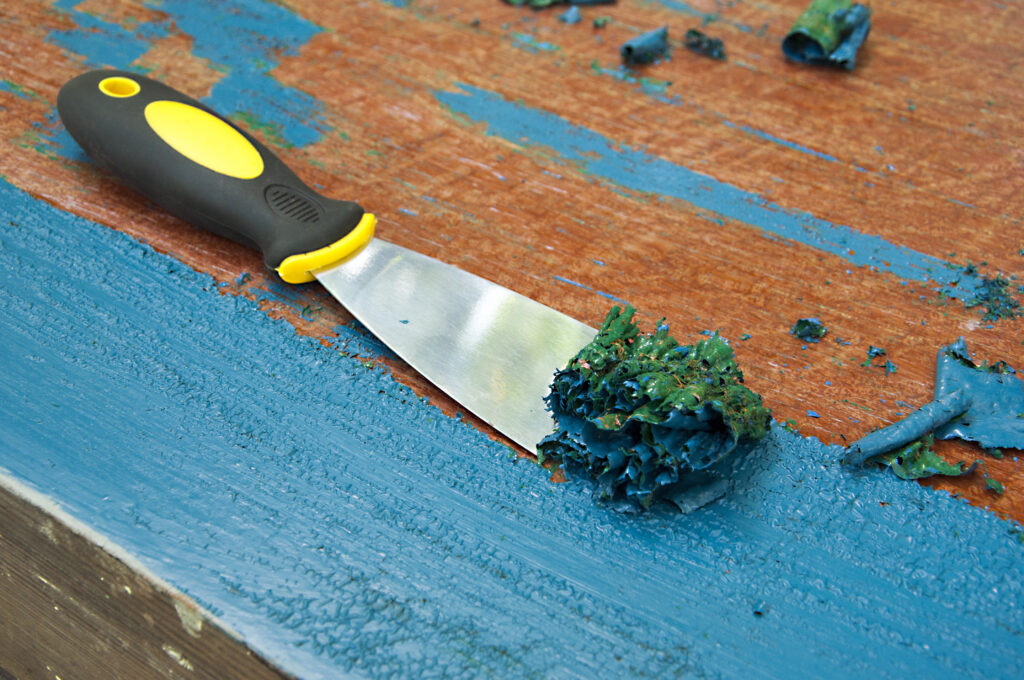
Stripping old paint is a crucial step in many furniture restoration projects. This technique removes multiple layers of paint, revealing the original wood beneath. Tools like a heat gun, chemical strippers, or sandpaper can be used to gently remove the old finish. It is essential to work in a well-ventilated area and use gloves to protect your hands during this process.
After stripping the paint, the wood will likely need some sanding to smooth out any rough areas. You can use a fine-grit sandpaper for a smooth finish. Be sure to wipe the wood down with a damp cloth to remove dust. This technique prepares the piece for refinishing or re-staining to restore its original beauty.
Wood Veneer Repair
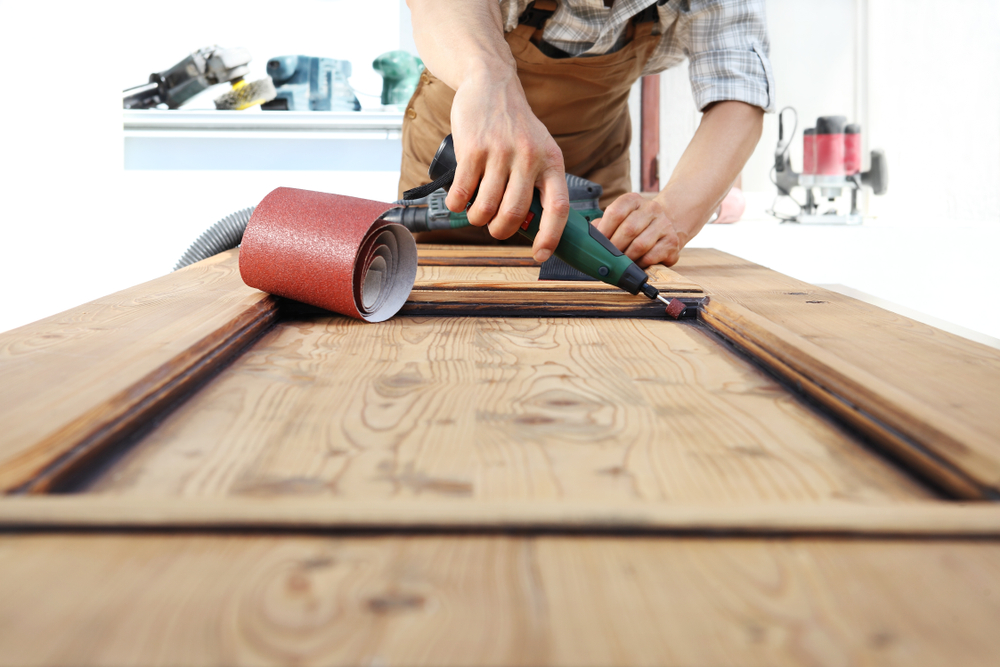
Wood veneer repair helps restore pieces with thin layers of decorative wood applied over a core. If the veneer is damaged or peeling, using a wood adhesive and clamps can help reattach it. Tools like a veneer scraper and a heat press may be necessary to ensure the veneer is reattached properly. This technique requires patience, as it can take time for the adhesive to bond fully.
Once the veneer is reattached, any cracks or gaps should be filled with wood filler. After the filler has dried, sand the area to ensure it is level with the surrounding surface. This technique not only improves the appearance but also helps in preserving the structural integrity of the piece. The restored veneer will give your furniture a beautiful finish, resembling its original state.
French Polishing

French polishing is a traditional method used to give antique furniture a high-gloss, smooth finish. It involves applying thin layers of shellac with a rubbing cloth, a technique known for its precision. The cloth, or rubber, is used to apply the shellac in circular motions, creating an even and glossy surface. This technique requires careful attention, as it can take several layers of shellac to achieve the desired look.
This process also involves buffing the surface to ensure a silky-smooth finish. French polishing is ideal for fine wood types like mahogany, as it enhances the natural grain and color of the wood. Though time-consuming, this method gives a rich, vintage appearance to the piece. It is especially valued for its ability to preserve the furniture’s authenticity while adding a beautiful luster.
Re-gluing Loose Joints
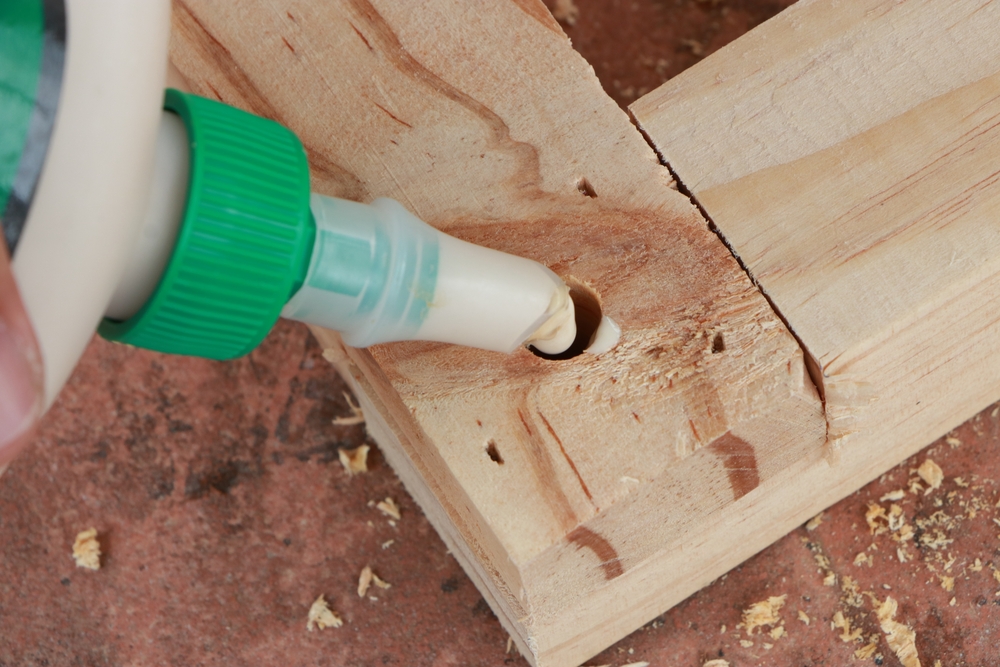
Re-gluing loose joints is one of the most common restoration techniques, especially for chairs and tables. Over time, joints may loosen due to wear and tear, affecting the furniture’s stability. Strong wood glue and clamps are used to reattach these parts and ensure they stay in place. It is important to apply the glue evenly and allow the piece to dry completely before moving on.
After the glue has set, any excess should be carefully wiped away to avoid staining the wood. It may also be necessary to sand the area to make sure everything fits snugly and smoothly. This technique helps to restore the structural integrity of the furniture while preserving its original design. Re-gluing loose joints is a simple but essential restoration step.
Wood Staining
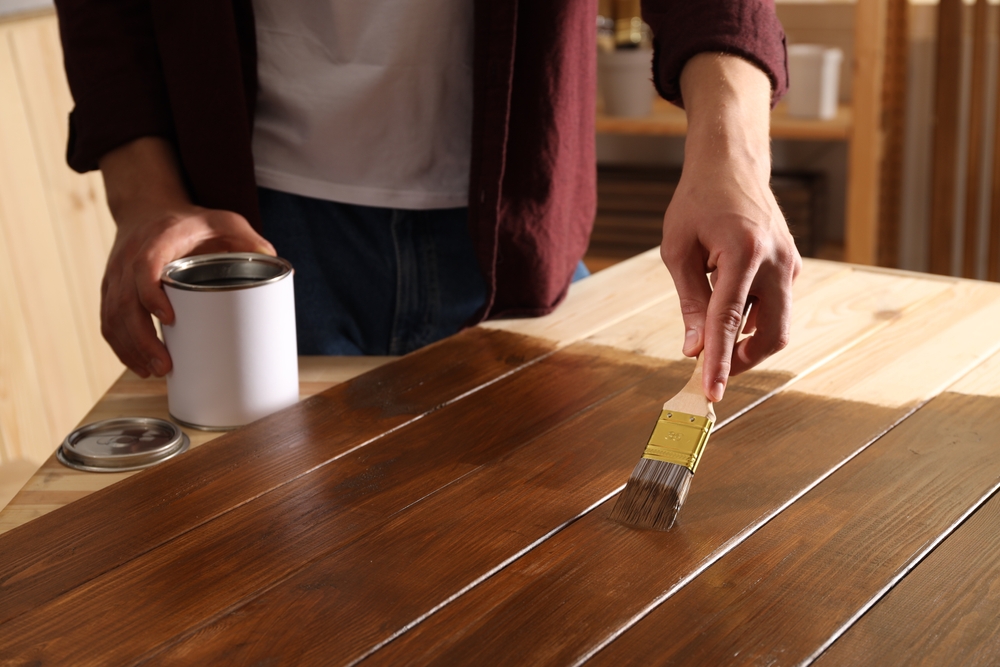
Wood staining enhances the natural color of the wood and can make a piece look brand new. This technique involves applying a stain that penetrates the wood, changing its color while allowing the natural grain to show through. A brush or cloth can be used to apply the stain evenly across the surface. Stains come in various shades, so choosing the right one to match the furniture’s original appearance is important.
Once the stain has been applied, allow it to dry before applying a protective finish like polyurethane or varnish. Sanding the piece lightly between coats will help achieve a smooth and consistent finish. Wood staining is an excellent way to refresh old furniture without changing its natural character. It is a favorite method for pieces that have weathered over time and need a bit of color revival.
Refinishing Furniture
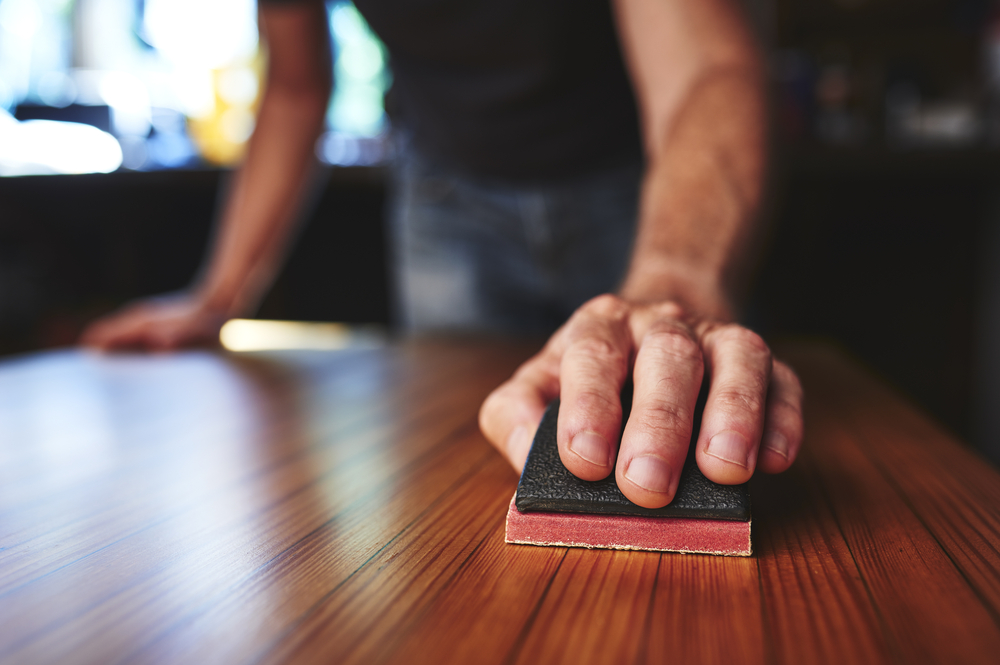
Refinishing is a broader technique that involves sanding down the surface, repairing damage, and applying a new finish. The process starts by stripping away the old finish, followed by sanding the wood to prepare it for a fresh coat of paint or stain. Tools required include sandpaper, a sander, and an appropriate paintbrush. The refinishing process gives furniture a polished, updated look while retaining its antique charm.
Once the surface is prepared, you can choose to either repaint or restain the piece, depending on your preferences. A protective layer, such as lacquer or varnish, should be applied to seal and preserve the finish. Refinishing is a cost-effective way to restore a piece without compromising its original design. This technique is perfect for wooden pieces that show signs of wear but still hold sentimental or aesthetic value.
Cushion Reupholstery
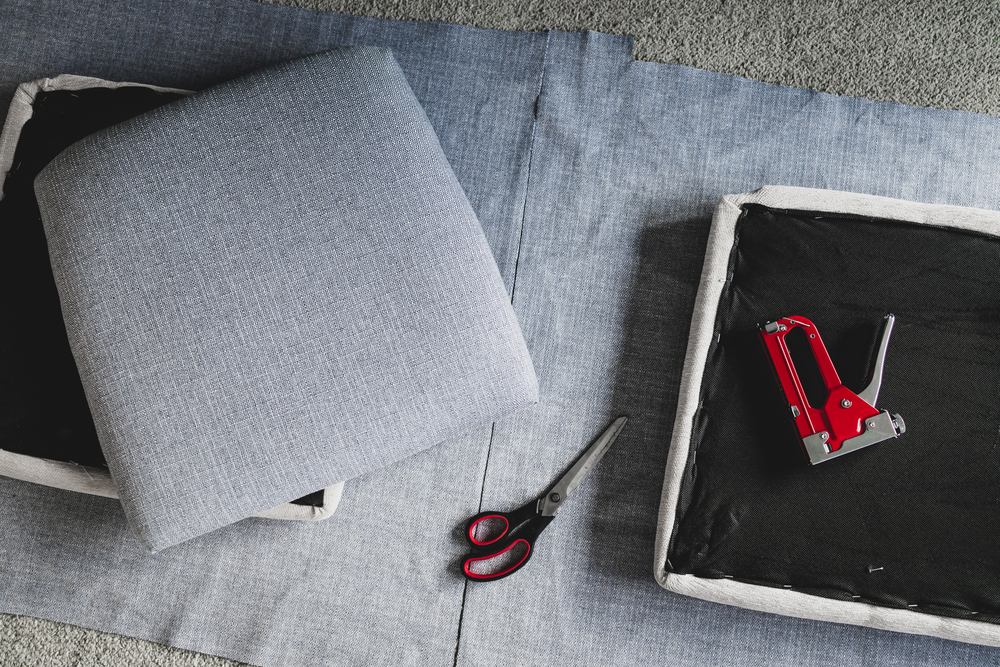
Upholstered furniture can also be restored by reupholstering old cushions and fabric. This technique involves removing the old fabric and padding, inspecting the frame for any damage, and replacing the material with new fabric and cushioning. Tools such as a staple gun, fabric scissors, and upholstery tacks are essential for the job. It is important to choose durable and high-quality fabric that complements the antique style.
After the cushions have been replaced, the fabric should be pulled tight and securely fastened to avoid wrinkles. This process revives not only the comfort of the furniture but also its appearance. Reupholstery allows for personalization, as you can select fabrics that match the room’s decor. It is a wonderful technique for adding a fresh, custom touch to an antique piece.
Polishing Metal Parts
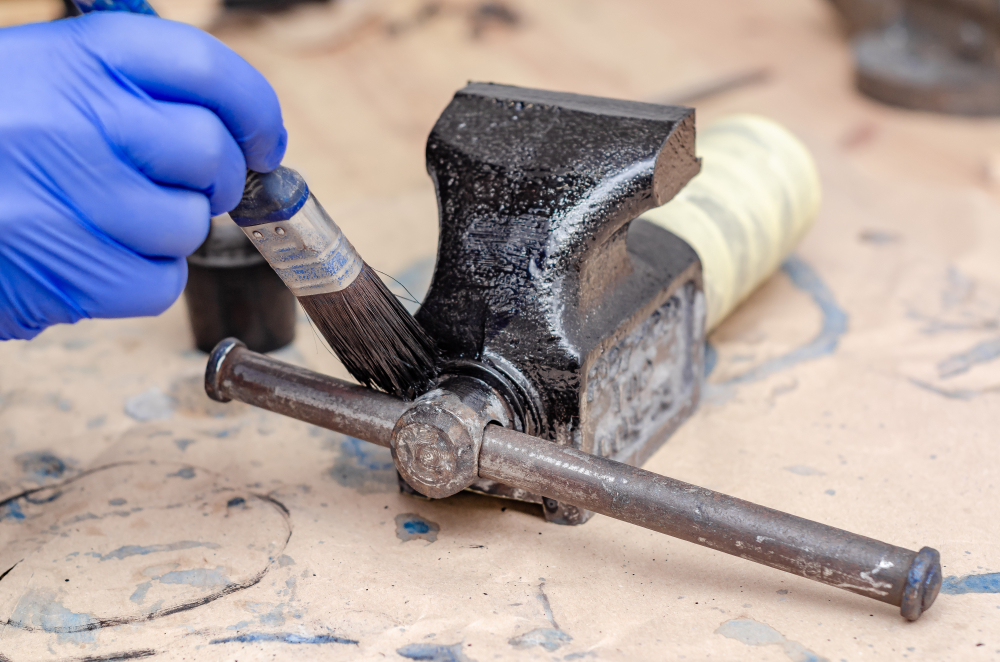
Polishing metal parts, such as handles, hinges, and feet, is an essential part of furniture restoration. Over time, metal elements can tarnish or lose their shine. Specialized metal polish and soft cloths are used to clean and shine metal accents without causing damage. It is important to use the right product for the type of metal to prevent scratching or discoloration.
Polishing metal also involves removing rust or tarnish from the surface. For stubborn spots, a rust remover or mild abrasive can be applied carefully. This process helps restore the furniture’s functionality and appearance, especially for vintage pieces with ornate metal details. Polishing metal parts can give the entire piece a refreshed and cohesive look.
Repairing Cracks and Scratches
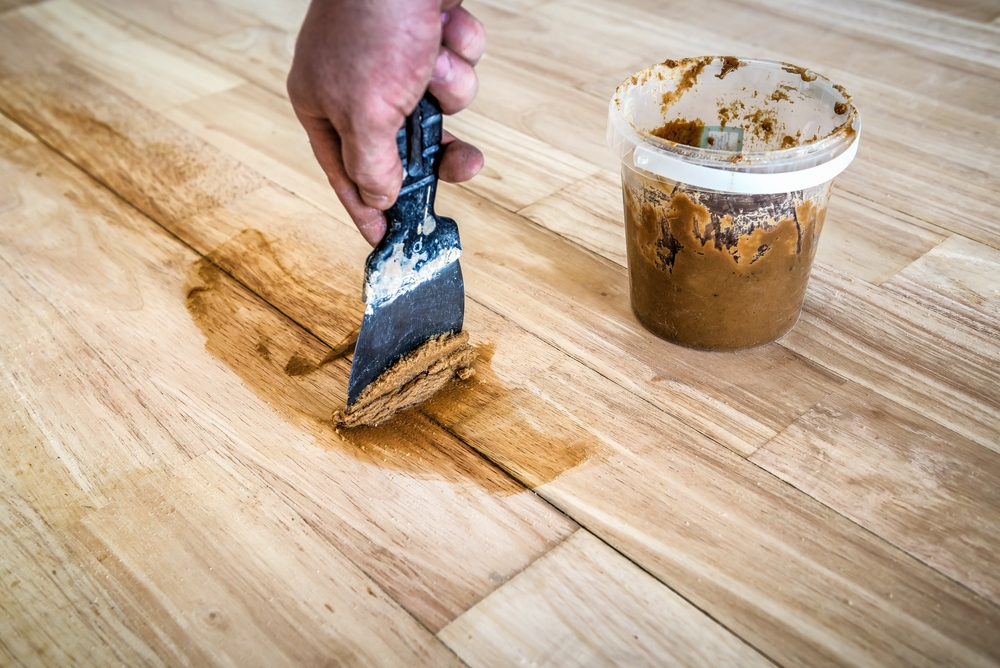
Cracks and scratches are common issues that affect the surface of antique furniture. To repair them, start by cleaning the area with a damp cloth to remove dirt and debris. Wood filler or epoxy can be used to fill in cracks and gouges, then sanded smooth once dried. Afterward, you can stain the patched area to match the rest of the wood, ensuring a seamless look.
For minor scratches, a simple touch-up with a colored wood marker or wax can help blend the imperfections into the surrounding wood. Larger cracks may require additional reinforcement, such as re-gluing the wood. This technique helps restore the furniture’s appearance and function while maintaining its original integrity. Fixing cracks and scratches is a quick and easy way to make your furniture look as good as new.
Reinforcing Structural Supports
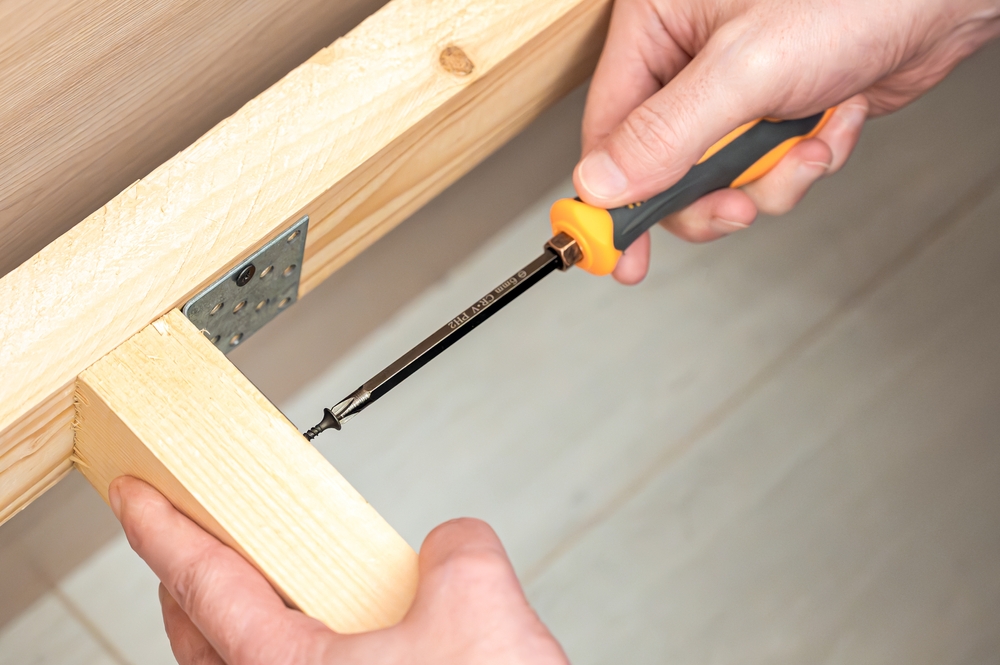
Some antique furniture may require additional support to maintain its strength and stability. This technique involves adding braces, brackets, or extra screws to reinforce weak points. Tools like screws, wood glue, and clamps are used to carefully reinforce areas such as chair legs or table supports. This is especially important for heavily used pieces or items with signs of wear.
Once the structural supports are in place, it is important to test the furniture for stability before using it again. Reinforcing structural supports can prevent further damage and extend the life of the furniture. This restoration technique ensures the furniture is safe to use while maintaining its historical value. It is an essential step for older, fragile pieces that need extra care.
Caning and Wicker Repair

Caning and wicker repair are techniques used to restore the woven seats and backs of furniture. Over time, caning can become damaged or worn, affecting the furniture’s overall look. Tools such as a cane needle, glue, and replacement caning or wicker strips are necessary to restore the piece. It is important to carefully remove the old caning before reweaving the new material.
Once the new caning is in place, it should be stretched tightly and secured. Wicker furniture may need to be re-tightened or have loose strands replaced to restore its functionality. This technique helps breathe new life into woven furniture while maintaining its original charm. Caning and wicker repair are excellent for chairs, stools, and other seating furniture.
Replacing Broken Glass
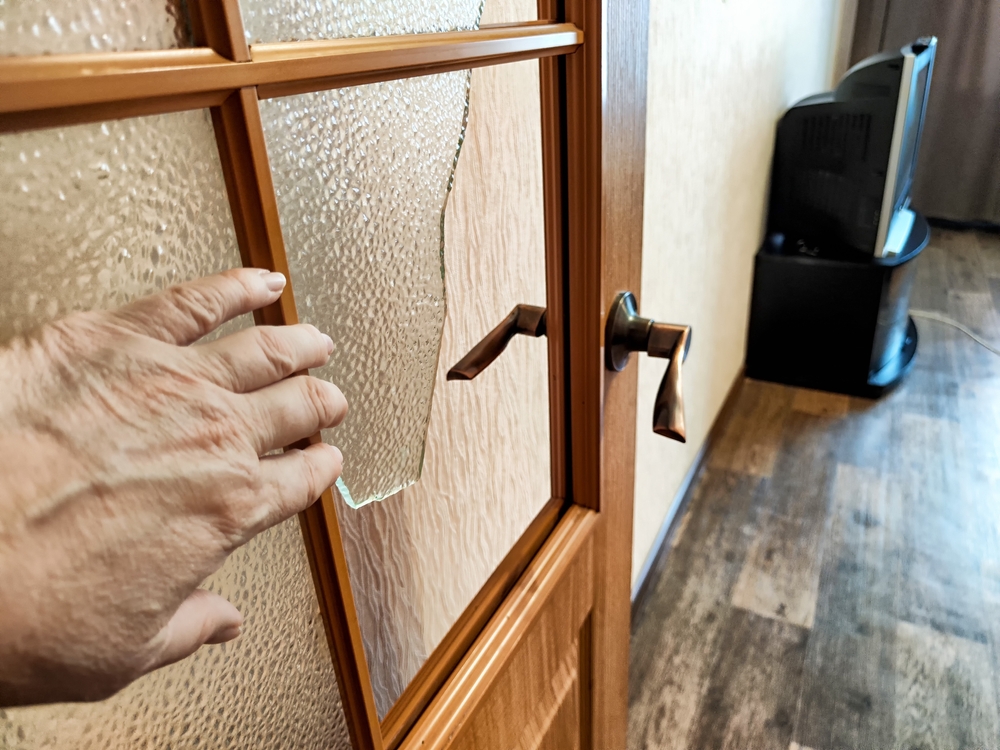
Antique furniture with glass components, such as mirrors or tabletops, may suffer from cracks or breaks over time. Replacing broken glass involves carefully removing the old glass and replacing it with a new piece cut to fit. A glass cutter, suction cups, and safety gloves are recommended tools for the job. Be sure to handle the new glass with care to avoid injury.
Once the new glass is in place, use glass adhesive or clips to secure it to the frame. This restoration technique is essential for maintaining the furniture’s functionality and visual appeal. It is a straightforward process that can revive the piece’s original beauty. Replacing broken glass is an important step in restoring antique furniture to its full potential.
Repairing Upholstery Frame
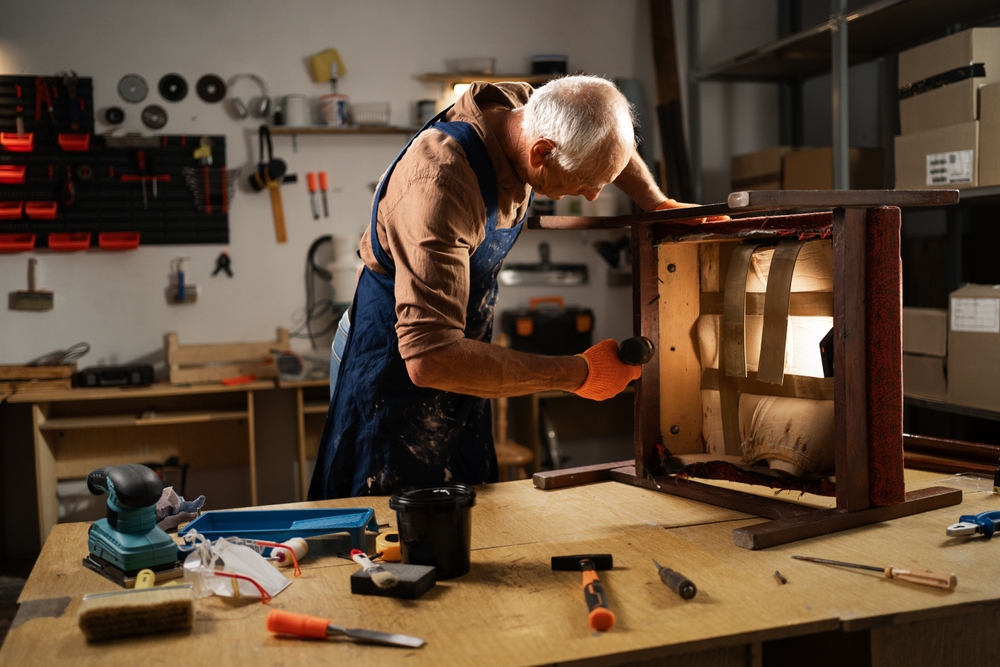
Upholstered furniture often requires frame repairs, especially when the structure becomes unstable. This involves reinforcing or replacing the internal framework, such as springs or wooden supports. Tools such as a hammer, nails, screws, and wood glue are necessary to restore the frame’s strength. It is important to ensure that the frame is secure before reupholstering.
After repairing the frame, the piece is ready for reupholstery. This step not only strengthens the furniture but also ensures that the upholstery is properly supported. Repairing the upholstery frame prevents sagging and adds durability. This technique is essential for older furniture that has been used frequently.
Antique Leather Restoration
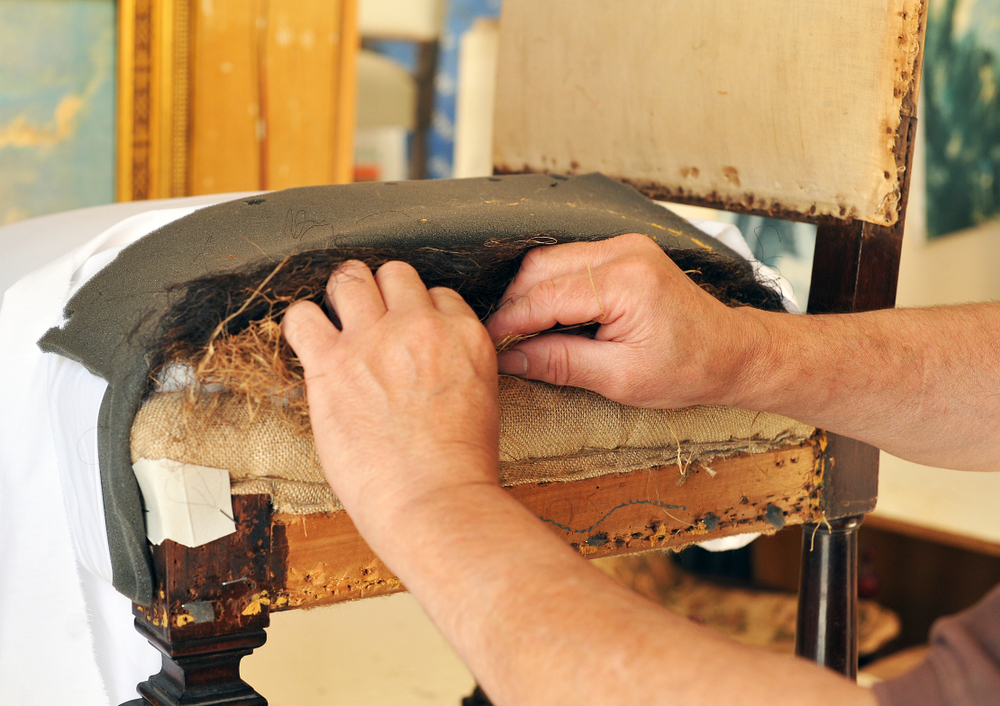
Leather furniture, such as chairs and couches, can lose its charm due to wear and tear. Leather restoration involves cleaning, conditioning, and sometimes patching damaged areas. Leather cleaner, conditioner, and a patching kit are necessary tools for this process. It is important to choose the right products to avoid drying out or discoloring the leather.
After cleaning and conditioning, any holes or tears can be repaired with leather glue or patches. This technique restores the leather’s softness and suppleness, giving it a fresh look. Leather restoration can breathe new life into vintage furniture, making it both functional and visually appealing. It is perfect for preserving the classic look of leather pieces while maintaining their comfort and durability.
Furniture restoration allows you to give new life to antiques while maintaining their historical charm. With a little time and effort, you can bring your vintage pieces back to their former glory. Remember to approach each restoration project with patience and care to achieve the best results.
This article originally appeared on Avocadu.
